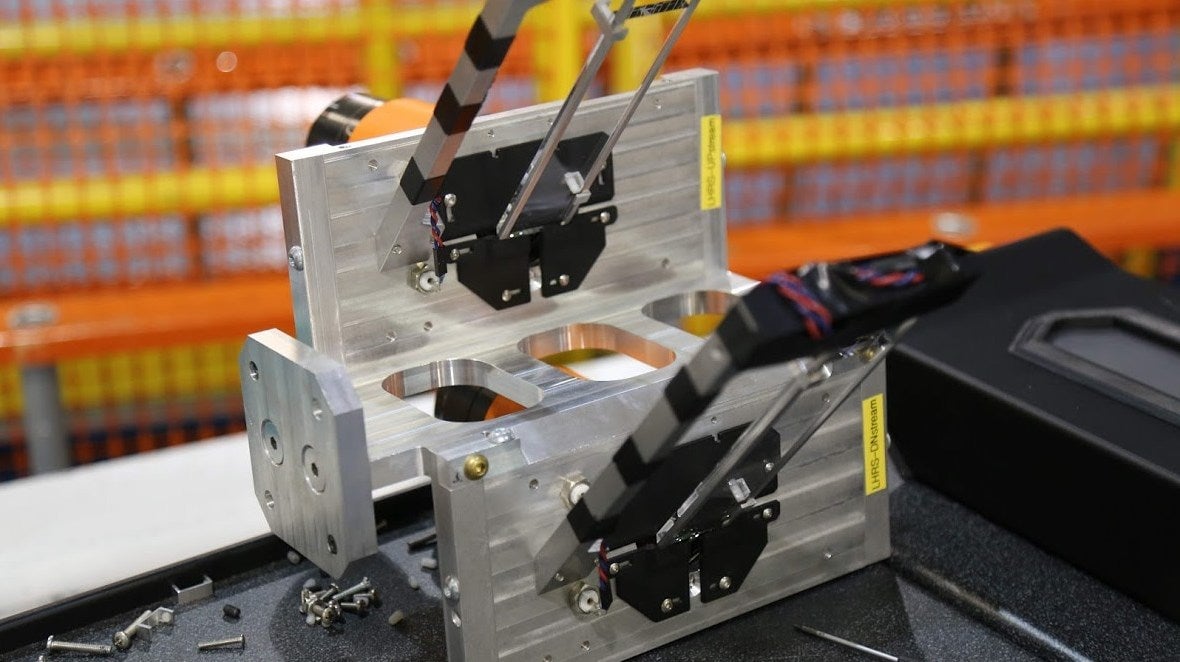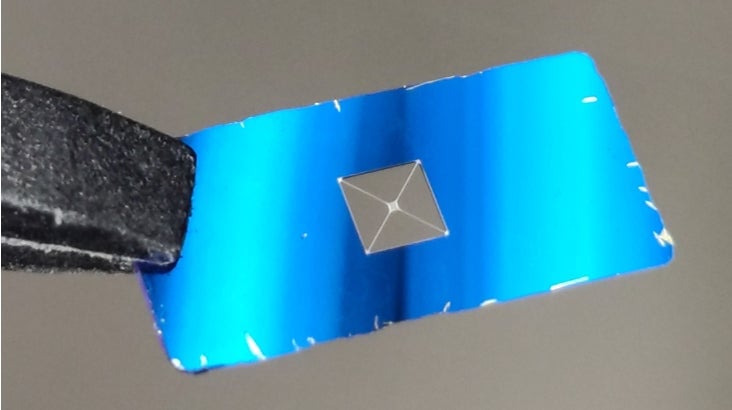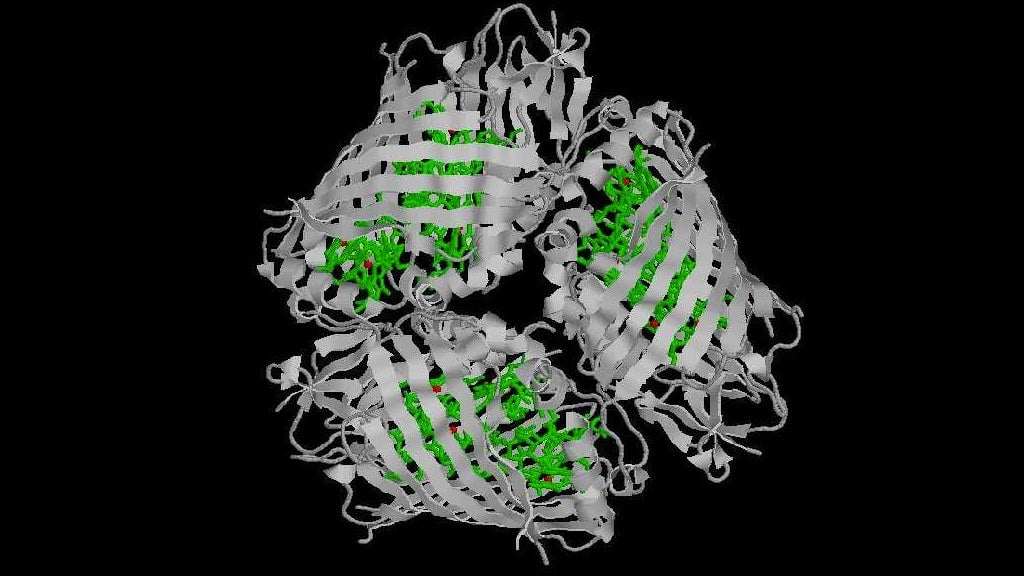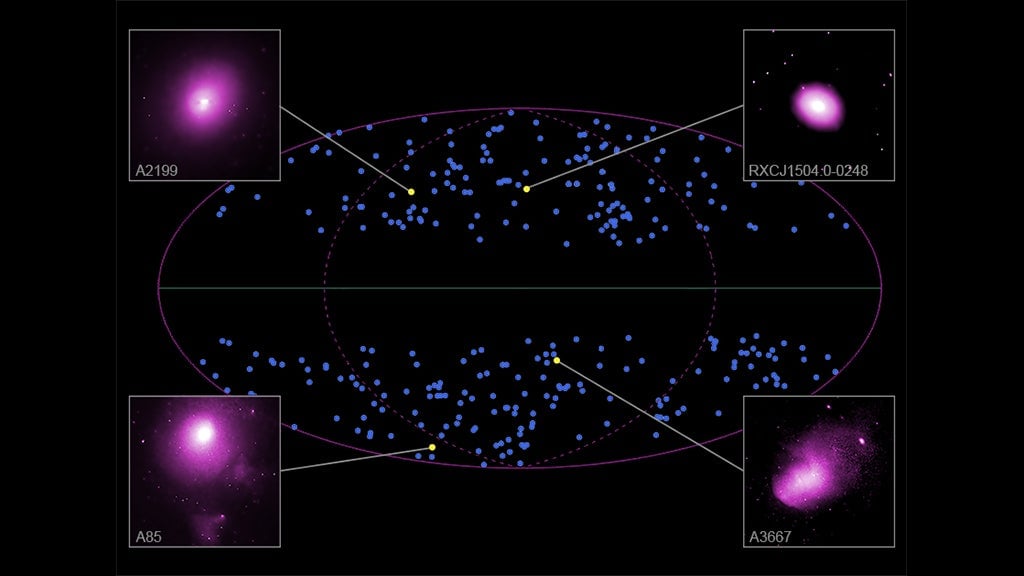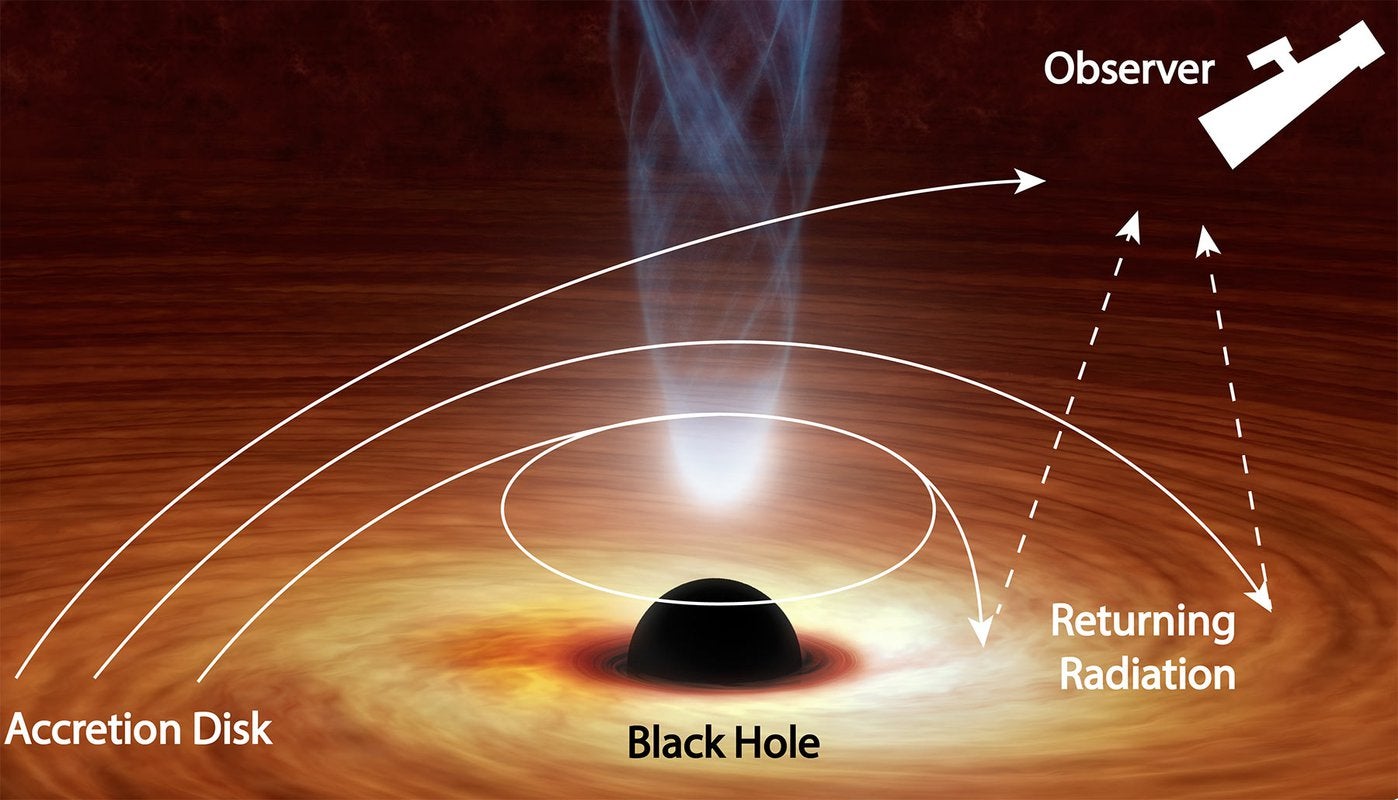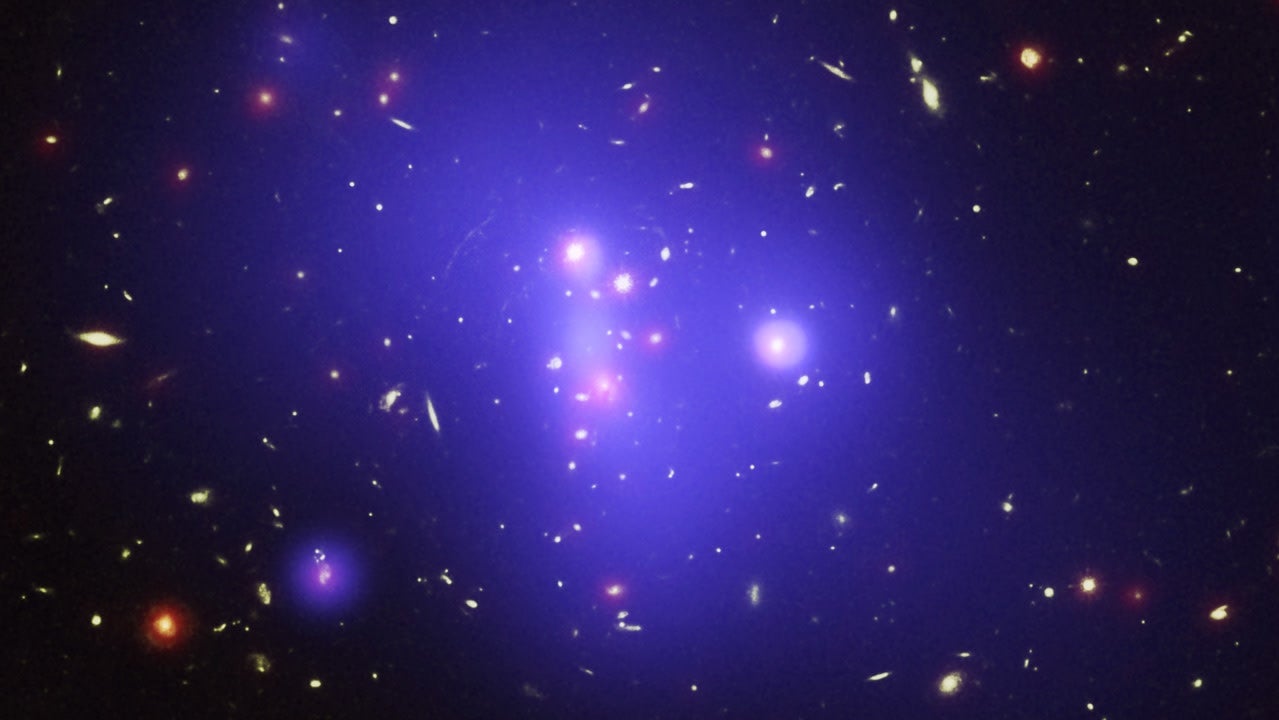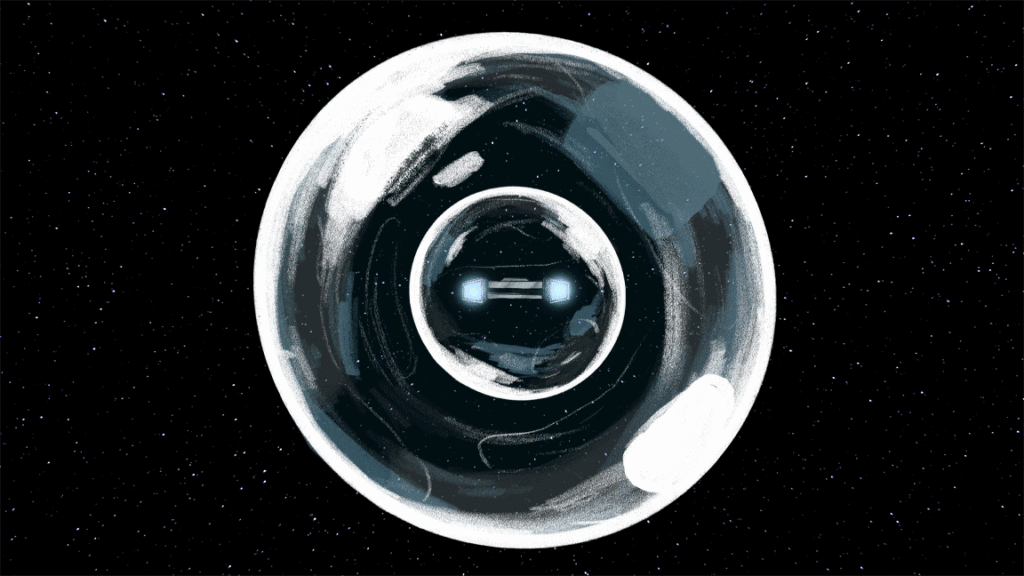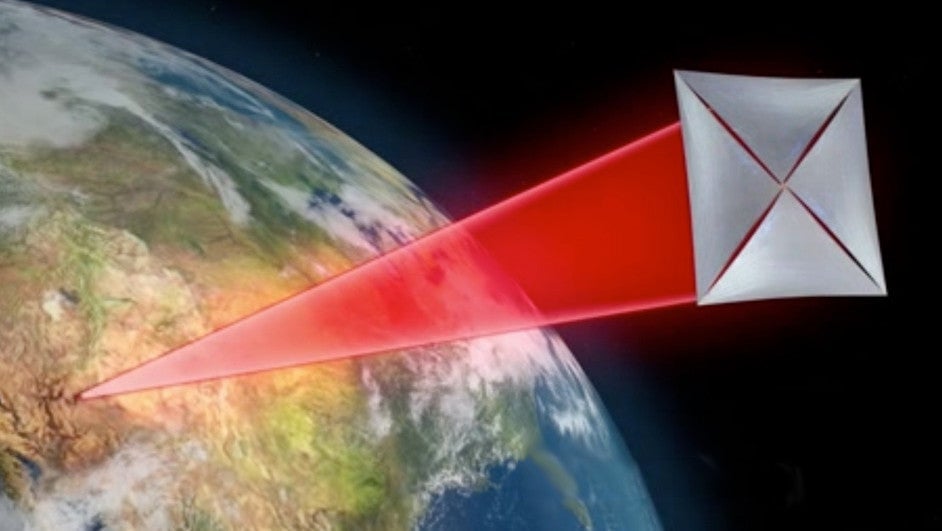The thickness of a lead atom’s neutron skin, a layer of neutral neutrons surrounding the positively charged protons in the nucleus, has been precisely measured by physicists. This groundbreaking research, conducted over three months in 2019 at the Continuous Electron Beam Accelerator Facility (CEBAF) at the Thomas Jefferson National Accelerator Facility, involved bombarding lead atoms held in a diamond foil with a beam of electrons.
The team successfully determined that the neutron skin of lead-208 is 0.28 femtometers, or 0.28 trillionths of a millimeter. This measurement represents a significant increase of a tenth of a femtometer compared to previous estimations. Achieving this precise measurement was a challenging endeavor, requiring constant monitoring and overcoming obstacles like power outages during the intense three-month laser runs. The researchers likened the process to “holding a tiger by the tail.”
 Chandan Ghosh prepared some of the PREX-II detectors.PREX-II detector preparation. Image: The PREX Collaboration
Chandan Ghosh prepared some of the PREX-II detectors.PREX-II detector preparation. Image: The PREX Collaboration
This new measurement surpasses previous calculations, which relied on less precise estimations and assumptions. The research team anticipates their findings will become a cornerstone for future nuclear and stellar observations. According to Krishna Kumar, an experimental nuclear physicist at the University of Massachusetts Amherst and co-author of the study, this precise measurement of the neutron radius with minimal assumptions is a significant achievement in experimental science.
Measuring the Neutron Skin Thickness
The team determined the neutron skin thickness by analyzing how electrons with different spins scattered off the lead nuclei. This approach was crucial because neutrons lack an electric charge, making them difficult to measure using traditional electromagnetic methods. Instead, the team employed the weak nuclear force to obtain their measurements. Lead-208 was specifically chosen for this experiment due to its size, stability, and doubly “magic” structure, meaning both its protons and neutrons completely fill their orbital shells. This unique configuration makes lead-208 an ideal candidate for approximating uniform nuclear matter, essential for theoretical modeling of heavy nuclei.
Implications for Neutron Stars
This atomic-level research has far-reaching implications for understanding neutron stars, the densest objects in the universe after black holes. These remnants of collapsed stars are so dense that their core composition remains a mystery.
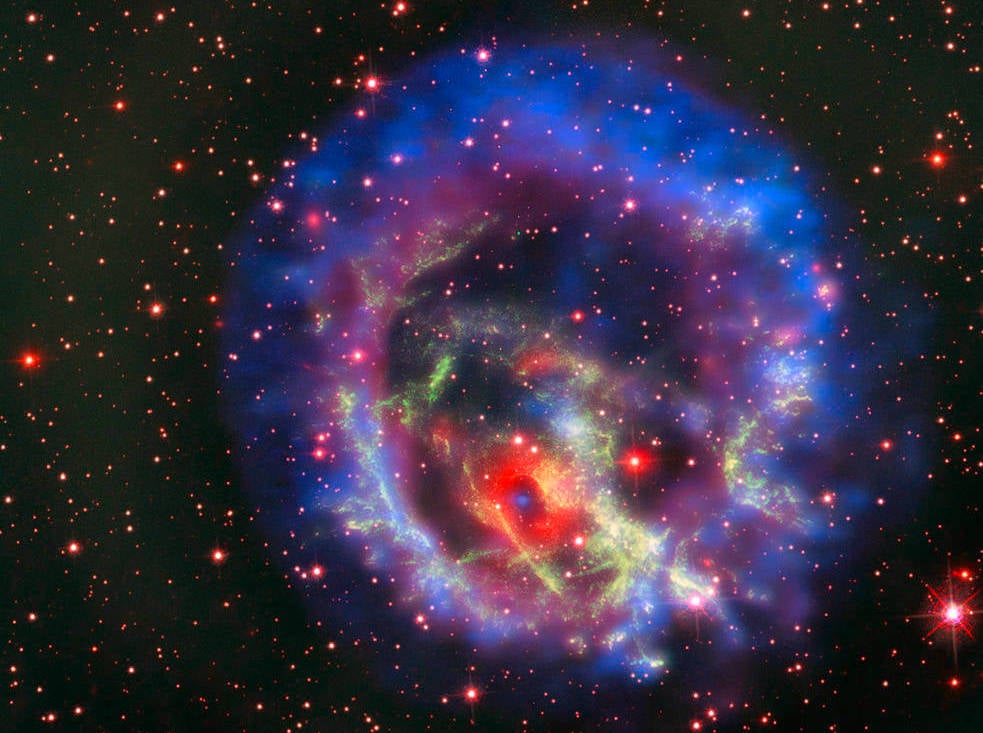 A neutron star is what’s left after a star collapses in a supernova, like the one pictured here.Neutron star remnant of a supernova. Image: X-ray (NASA/CXC/ESO/F.Vogt et al); Optical (ESO/VLT/MUSE & NASA/STScI) (Fair Use)
A neutron star is what’s left after a star collapses in a supernova, like the one pictured here.Neutron star remnant of a supernova. Image: X-ray (NASA/CXC/ESO/F.Vogt et al); Optical (ESO/VLT/MUSE & NASA/STScI) (Fair Use)
The pressure of neutron matter prevents neutron stars from collapsing into black holes. The relatively thick neutron skin observed in lead suggests a high pressure within neutron stars, implying they are larger than previously estimated. This new understanding of neutron skin thickness will help astrophysicists refine their models of neutron star properties.
From Atoms to Stars
The study of neutron star collisions, detected through gravitational waves, offers further insights into these enigmatic objects. The dense nuclear matter at their cores could potentially harbor new states of matter and unexplored physics. Surprisingly, studying the subatomic behavior of particles can reveal more about a star than telescopic observations. This research underscores the interconnectedness of the micro and macro scales in physics, demonstrating how the properties of a lead atom’s neutron skin can inform our understanding of the vast and mysterious neutron stars.
The findings from PREX-II offer a crucial piece of the puzzle in understanding the fundamental structure of matter and the behavior of extreme celestial objects. This precise measurement of the neutron skin thickness paves the way for further research into the nature of neutron stars and the mysteries they hold.



